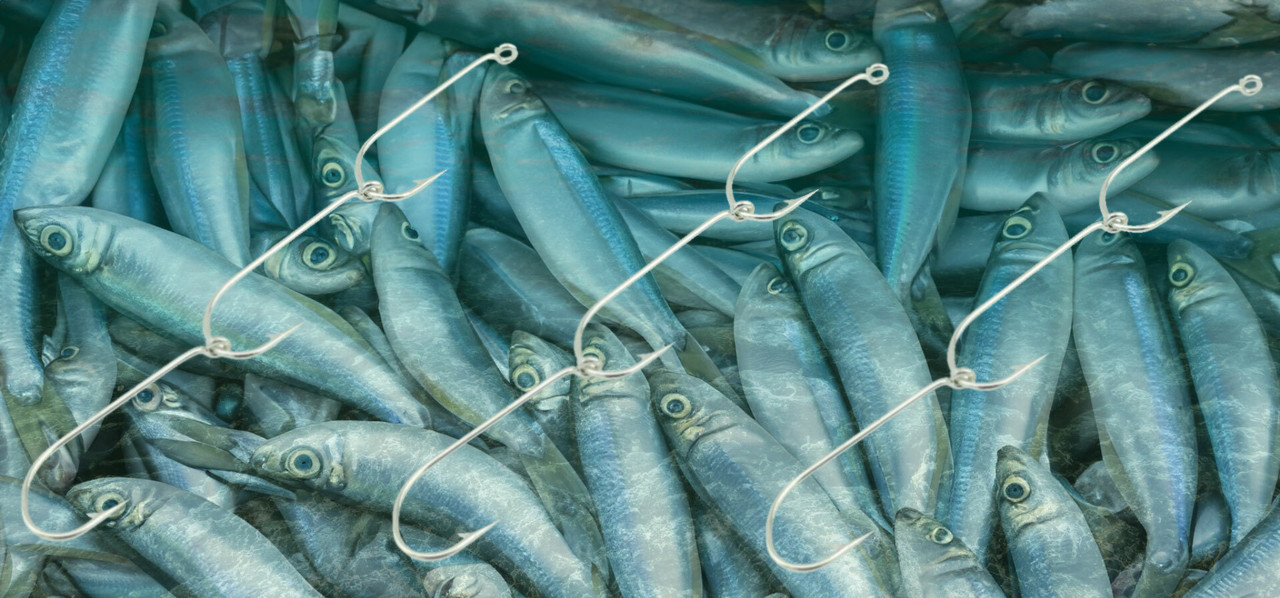A Tackle Shop Guide to Gang Hooks
Ganged hooks are a fundamental part of Australian bait fishing, especially for land-based anglers. While the setup can look a bit intimidating, the principle is simple: it's about presenting a long bait naturally and maximising your hook-up chances. This guide will break down how to choose the right set of gang hooks and how to rig them effectively.
A Note From Our Local Experts
"In the shop, the conversation about gang hooks always comes up when someone is getting ready for a tailor or salmon session on our local beaches like Warilla or Windang. They're the go-to rig for casting whole pilchards. A common frustration we hear from anglers is getting their bait chopped in half right behind a single hook.
While an experienced angler can secure a pilchard with a half-hitch, a gang of three hooks gives you a much better chance of a solid hook-up when a tailor slashes at the bait. It's a simple, old-school technique that remains one of the most effective ways to convert those slashing bites into landed fish."
- Ben Czulowski, Owner, Fishing Tackle Shop (Ocean Storm) | Experienced retailer of Gang hooks for 20+ years.
Understanding Gang Hooks: Open vs. Closed Eye
You'll find two main types of ganged hooks on our shelves for sale, and choosing the right one depends on whether you want convenience or customisation.
✔
Closed Eye Ganged Hooks: These come pre-rigged from the factory, with the hooks already linked together. They are the ultimate in convenience—simply tie one on, and you're ready to fish. They are the perfect choice for most anglers.
✔
Open Eye Gang Hooks: These are individual hooks with an eye that has not been fully welded shut. This allows you to link them together yourself, giving you the freedom to create a custom gang with the exact number, size, and style of hooks you need for a specific bait or technique.
Pro-Tips for Rigging and Using Gang Hooks
- How to Rig a Pilchard: This is the classic technique. Start with the top hook and pass it through the pilchard's head, just behind the eyes. Then, pin the points of the remaining hooks along the length of the body. Because standard pilchards can be very soft, they can sometimes fly off during a powerful cast. To prevent this, consider using tougher salted pilchards, or wrap the rigged bait with a few turns of elastic bait thread to keep it securely on the hooks.
- Choosing the Right Size: The goal is to match the hook size to your bait. A set of three 3/0 hooks is the perfect starting point for a standard-sized pilchard. For larger baits like garfish or slimy mackerel, you should step up to a larger hook size, such as a 4/0 or 5/0, while still using a three-hook gang to remain legally compliant in all states.
- Add a Swivel: A whole pilchard can spin in the water as you retrieve it, which can cause terrible line twist. It's always a good idea to add a swivel a short distance up your leader to prevent this from happening.
- Customising Your Gang with Open Eyes: The real advantage of open-eye hooks is the ability to customise your rig. If you find your pilchards are a bit smaller than usual, you can easily use a pair of pliers to create a two-hook gang for a shorter, more natural presentation.
Frequently Asked Questions
What is the main purpose of using ganged hooks?
The main purpose is to effectively present a whole, long baitfish like a pilchard, garfish, or squid. Using multiple hooks ensures that no matter where a predator strikes along the length of the bait—whether it's the head, middle, or tail—there is always a hook point there to ensure a solid hook-up.
What Australian fish are ganged hooks best for?
They are famously effective for aggressive, toothy predators that often slash at whole baits. This makes them the number one choice for targeting Tailor and Australian Salmon from the beach and rocks. They are also highly effective for offshore species like Mackerel and for chasing big Mulloway (jewfish) with large baits.
What's the difference between "open eye" and "closed eye" ganged hooks?
"Closed eye" ganged hooks come pre-assembled from the factory and are ready to fish straight out of the packet, offering maximum convenience. "Open eye" hooks are individual hooks with an eye that can be opened and closed, allowing you to build your own custom gangs with the exact number and size of hooks you prefer.
How do I choose the right hook size and number of hooks?
The key is to match the rig to your bait. Lay the gang of hooks alongside your baitfish—the top hook should be positioned near the head, and the bottom hook should be near the tail. For a standard pilchard, a three-hook gang of 3/0 hooks is a great all-rounder. For larger baits, it's best to use a larger hook size (e.g., 4/0 or 5/0) rather than adding more hooks, to ensure your rig is legal in all states.
Are ganged hooks just for casting from the beach and rocks?
While they are the top choice for land-based anglers, they are also an incredibly effective tool for slow-trolling whole baits from a boat. A correctly rigged pilchard or garfish on a set of ganged hooks is a deadly technique for offshore species like mackerel and tuna.



